New Zealand employment was essentially flat in Q2, below expectation of 0.4% rise. Unemployment rate ticked up from 3.2% to 3.3%, against expectation a fall to 3.1%. Labor force participation rate dropped -0.1% to 70.8%.
Wage inflation (salary and wage rates, including overtime) in all sectors rose 1.1% qoq, 3.5% yoy. It grew 1.3% qoq, 3.4% yoy in private sector, and 0.6% qoq, 3.0% yoy in public sector.
“Measures of spare labour market capacity have fallen over the year and remained low for several quarters, continuing to show a tight labour market,” work and wellbeing statistics senior manager Becky Collett said.
“The June quarter had the largest increase in LCI salary and wages rates since late-2008. Over the year, a steadily increasing number of wages have been raised to better match market rates, as well as attracting or retaining staff,” business employment insights manager Sue Chapman said.
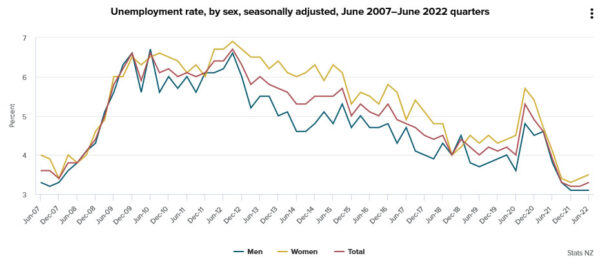
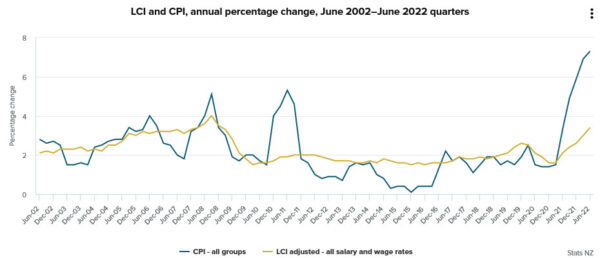
Full release here.




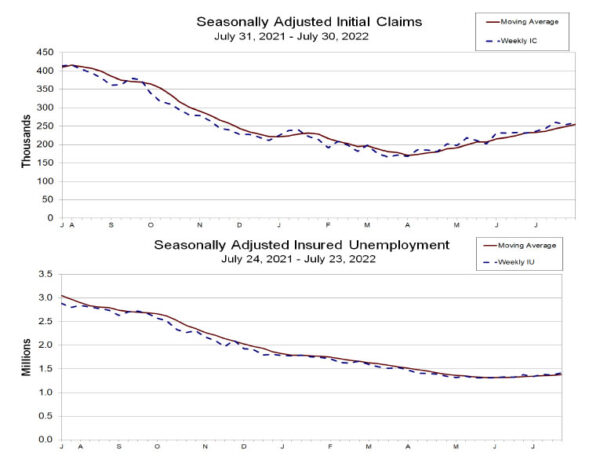
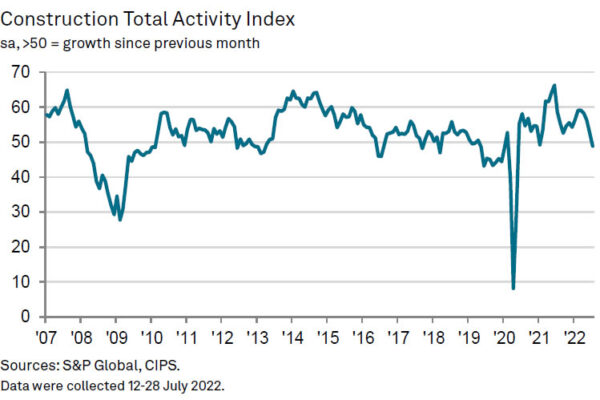
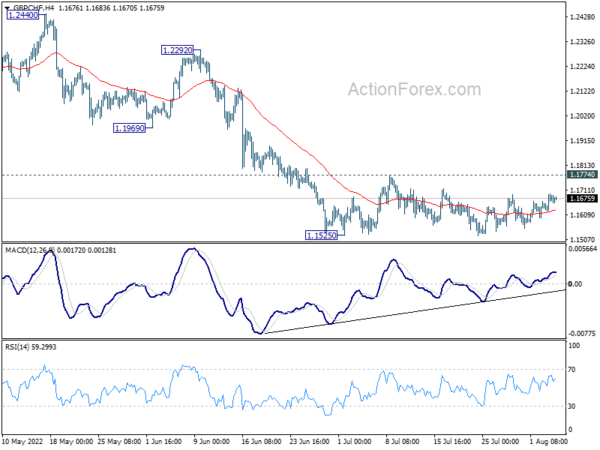
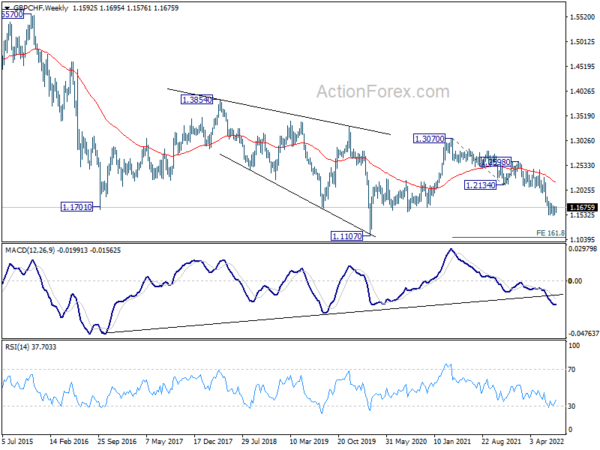
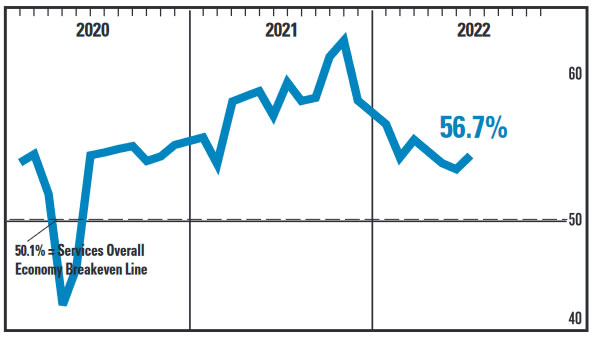
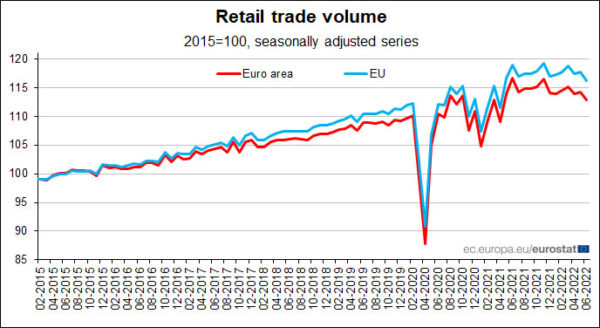
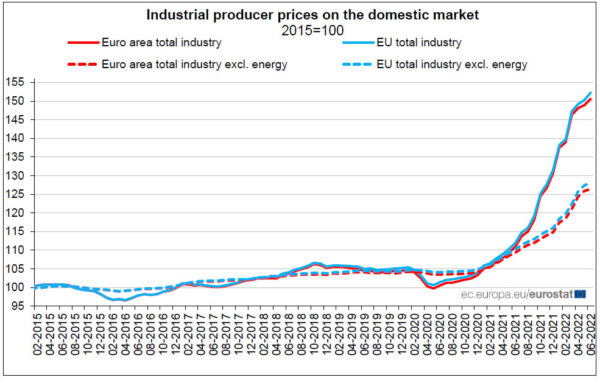
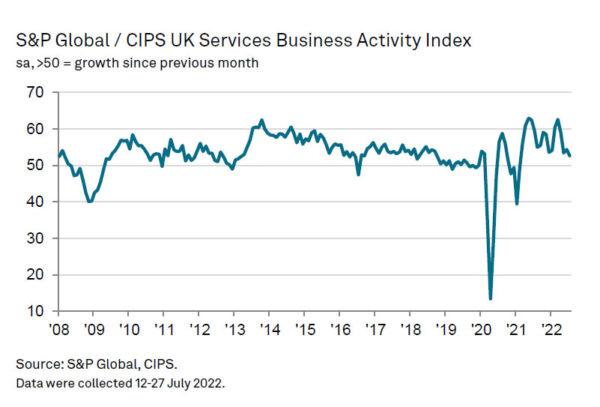
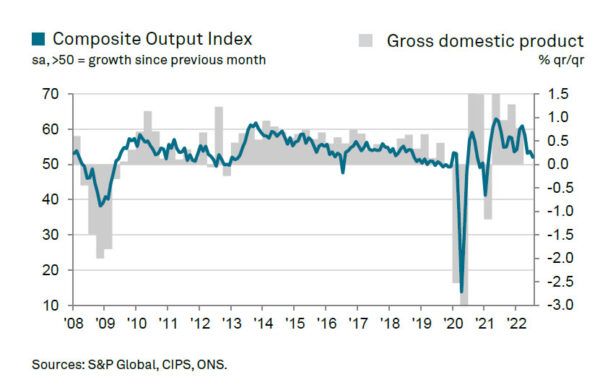
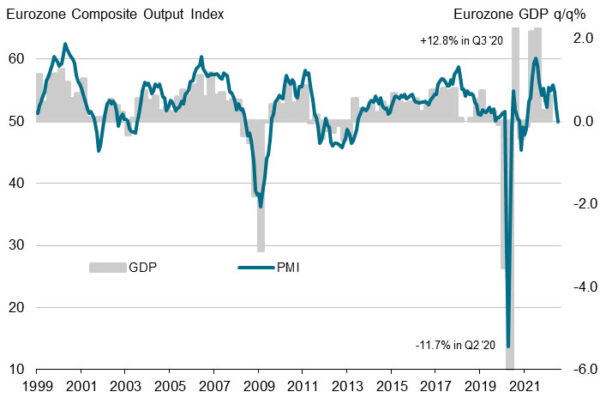
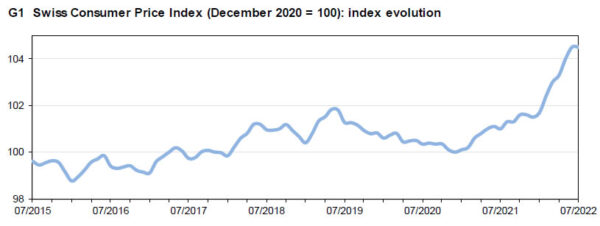
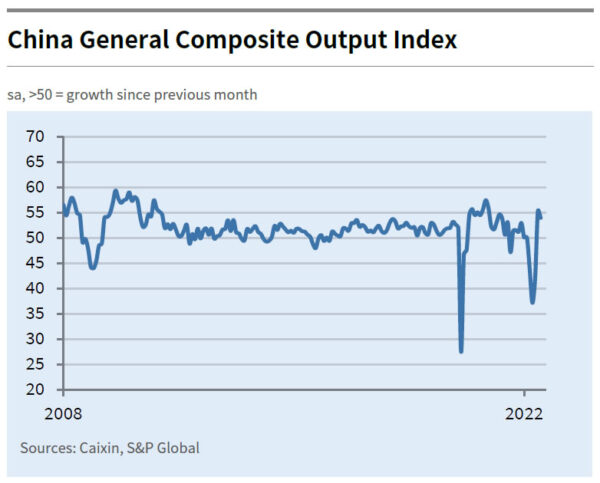


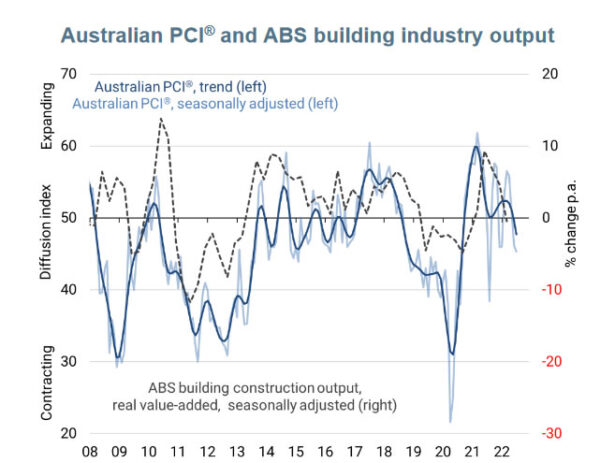

Fed Mester: Interest rates continue to rise this year and into next through first half
Cleveland Fed President Loretta Mester said that “interest rates continue to rise this year and into next year through the first half and maybe by then we can pause and we can start bringing them back down.” She would “pencil in going a bit above four as appropriate”.
As for September meeting, she said, “it’s not unreasonable to think we might have to do a 75 (basis point move) but I can imagine it could be a 50. We’ll just have to look at the data as it comes in.”